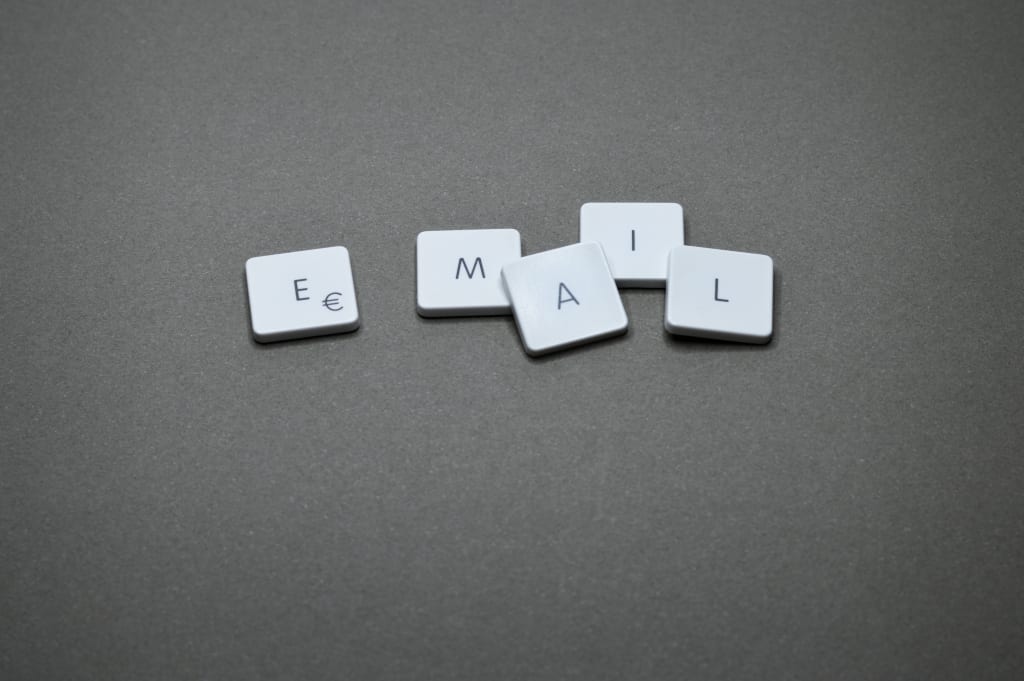
Email communication has become an integral part of modern communication. It is a fast, efficient, and convenient way to exchange messages, documents, and information with anyone worldwide.
But where did the email come from, and who invented it? In this article, we will explore the history of email communication and the people behind its invention.
The beginning
The first email message was sent in 1971 by a computer engineer named Ray Tomlinson. At the time, Tomlinson was working for Bolt Beranek and Newman (BBN), a company contracted by the U.S. Department of Defense to develop a communication system that would allow researchers to share data and collaborate on projects. Tomlinson was tasked with finding a way to send messages between different computer systems, which were not compatible with each other at the time.
Tomlinson had the idea of using the @ symbol to separate the username from the computer domain name, which became the standard format for email addresses. He also created the first email program, called SNDMSG, which allowed users to send messages between different computers.
Underrated
At the time, email was not widely used, and it took several years for the technology to catch on. One of the first users of email was ARPANET, a computer network developed by the U.S. Department of Defense that connected researchers at universities and government agencies. ARPANET was a precursor to the modern internet and played a key role in the development of email communication.
In the early days of email, it was mostly used by computer scientists and researchers to communicate with each other.
It wasn’t until the late 1980s and early 1990s that email began to be used by the general public. This was due in part to the development of user-friendly email software, such as Microsoft Mail and Eudora, which made it easier for non-technical users to send and receive messages.
The rise of the internet
Another key factor in the popularization of email was the rise of the internet. As more and more people gained access to the internet, email became an increasingly important tool for communication. By the mid-1990s, email had become a ubiquitous part of modern communication, and it continues to be one of the most widely used forms of communication today.
Over the years, email technology has continued to evolve and improve. Today, there are many email services and programs available, each with its own set of features and capabilities. Some popular email services include Gmail, iCloud Mail, and Microsoft Outlook.
Convenience & flexibility
One of the biggest advantages of email communication is its speed and convenience. With email, messages can be sent and received instantly, regardless of the location of the sender and recipient. This has made email an indispensable tool for businesses, as well as for individuals who need to communicate quickly and efficiently.
Email communication also offers a level of flexibility and customization that is not possible with other forms of communication.
Users can choose from a variety of email programs and services, each with its own set of features and customization options. This allows users to tailor their email experience to their individual needs and preferences.
The negative of email
However, email communication also has its downsides. One of the biggest concerns with email is the potential for spam and phishing attacks. Spam is unwanted or unsolicited email messages, while phishing is a type of email scam designed to trick users into giving away their personal information. To protect against these threats, users are advised to use spam filters and to be cautious when opening emails from unknown senders.
Another concern with email communication is the potential for privacy breaches. Email messages can be intercepted and read by hackers, government agencies, or other third parties, which can compromise sensitive information. To protect against these threats, users are advised to use secure email services and encrypt their messages when necessary.
Present & future
Despite these concerns, email communication remains an essential part of modern communication. It has revolutionized the way we communicate and has made it easier for people to stay connected with each other, regardless of their location.
In recent years, email has faced competition from other forms of communication, such as instant messaging, social media, and video conferencing. While these technologies offer their own advantages, email remains a reliable and widely used form of communication.
Looking to the future, it is likely that email technology will continue to evolve and improve. As more and more people gain access to the internet, email will remain an important tool for communication and collaboration.
The bottom line
In conclusion, the invention of email communication by Ray Tomlinson has revolutionized the way we communicate with each other.
What started as a simple test message in 1971 has become one of the world’s most widely used forms of communication.
Email has become an essential tool for businesses and individuals alike, allowing us to communicate quickly and efficiently with anyone, anywhere in the world.
While email communication has its downsides, its advantages far outweigh its disadvantages. As we continue to rely on technology for communication and collaboration, email will remain an indispensable tool for years to come.
And with the rise of email marketing and newsletter adoption, email is growing like never before.
I just started a shortform newsletter called "Fun Facts". I'd love your support. I also run a weekly newsletter called "The SoloCreator Hub" with tips & tricks to grow a part-time creator business to full-time income. Finally, I help you on Medium with the free "Medium Masterminds" membership.






Comments
There are no comments for this story
Be the first to respond and start the conversation.